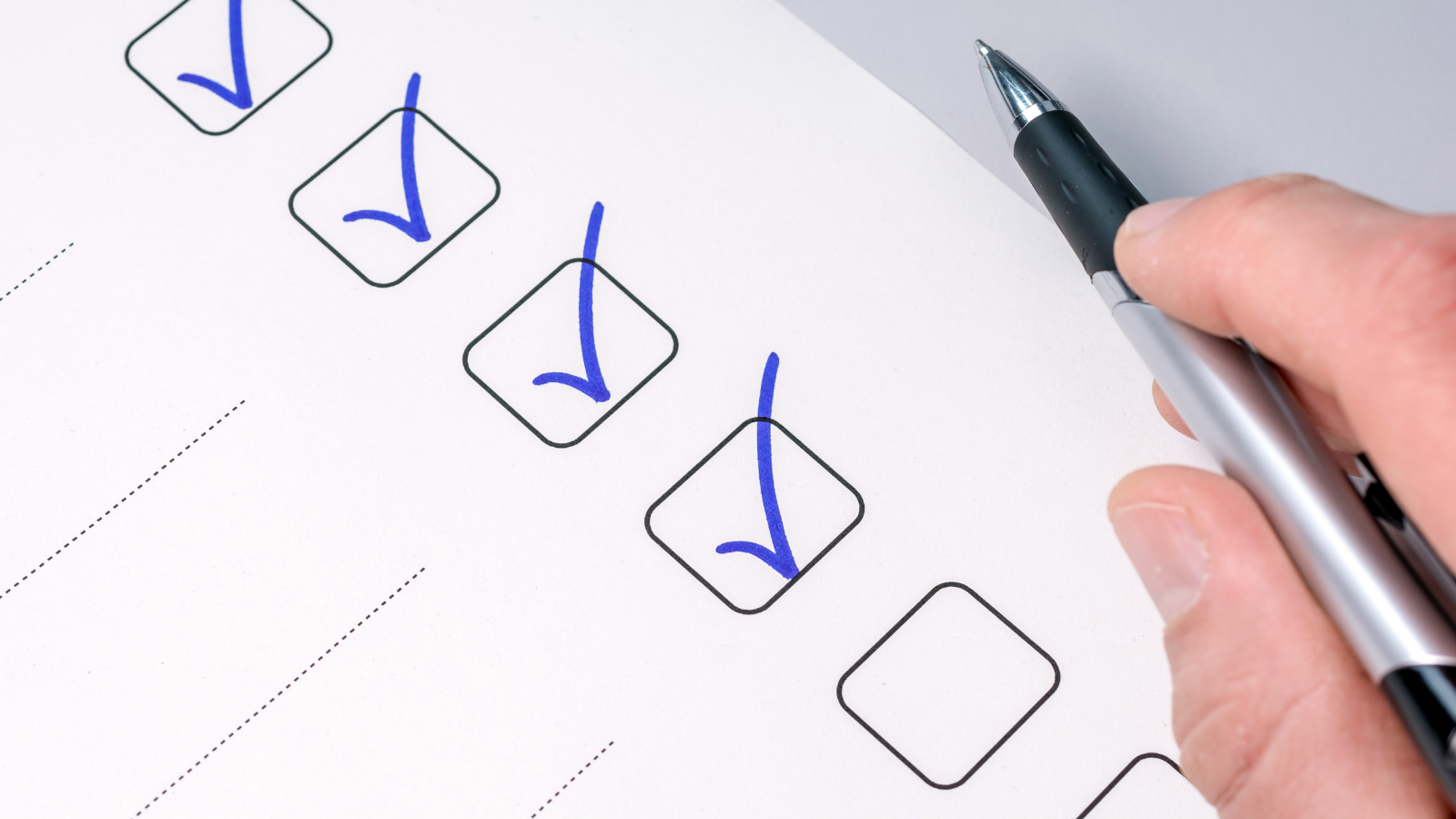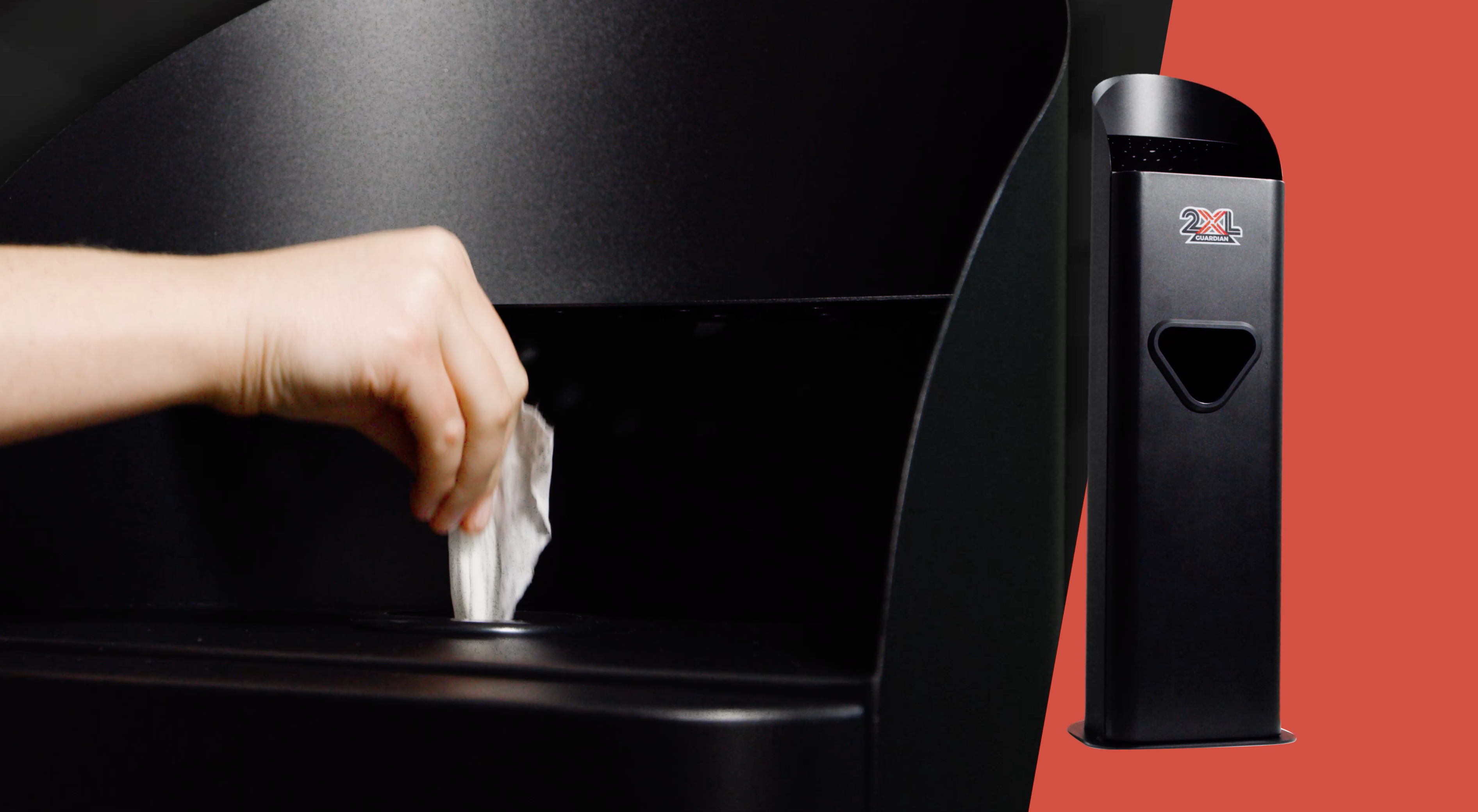Do you have the right cleaning tools in your janitor’s closet?
Imagine walking into an important business meeting where company leaders were waiting for you to present a big new idea for the business’ success. However, you walked in wearing sweatpants, didn’t have a presentation, and you didn’t do any research.
This is how many businesses felt when the COVID pandemic hit them. They weren’t equipped with the right cleaning and disinfecting tools to help protect their facilities and the people in them.
HAVE THE RIGHT CLEANING TOOLS ON HAND
Have you ever considered how many germs enter your facility and spread between surfaces, employees, and clients, every day? Every time someone enters your business they can bring in germs.
Germs spread through your business in many ways and this only kicks up during busy social times like the holidays. Failing to have the right cleaners ready and accessible in your supply closet can be the difference between healthy and sick guests.
Pathogens can spread quickly and in many ways. Take MRSA for example, which is able to survive on a surface for more than 12 months if it’s not killed with an EPA registered disinfectant. In that time frame, healthy, unsuspecting people can become victims.

THE BENEFITS OF HAVING THE RIGHT CLEANING TOOLS
If your supply closet is stocked with EPA registered disinfectants, sanitizers, PPE, and other essential cleaning items right now, give yourself a round of applause.
Cleaning tools go beyond wipes, liquid chemicals, and hand sanitizer gel. Your list should also include items that protect the skin and health of your employees and customers. In addition, it should also include equipment that will help make cleaning products easily accessible as well as discardable.
Responding to cleaning emergencies such as when blood is spilled in your facility, when a case of coronavirus is reported, or when bodily fluids contaminate a surface will be safer and easier when you have the right products.
THE CLEANING TOOLS YOU NEED WILL VARY BASED ON YOUR FACILITY
Before you stock up for disinfecting success, remember that different businesses require different types of cleaning supplies and products. The following will impact your cleaning tools list.
QUESTIONS TO ASK THAT DETERMINE YOUR CLEANING TOOLS
- How many employees, clients, and vendors visit your facility each day?
- How many areas have surfaces that come into direct contact with skin and body parts and require high-level disinfection products to kill stubborn bacteria like MRSA and Staph?
- Do you run a fitness center, healthcare, child care, or another facility with industry-specific guidelines you must follow?
- Is your client base made of individuals who are highly susceptible to germs and infection, such as a daycare, retirement home, or school?
- Will the cleaning tools and products you use complement your brand identity? For example, if you promote a healthy or natural lifestyle, ou may want to consider cleaning products that are considered sustainable.
- How often does staff disinfect your facility?
- How often and how thoroughly are employees expected to clean on their shifts?
Ideally, every facility should have general cleaners, FDA approved sanitizers, and EPA registered disinfectants on hand.

10 TOOLS YOU NEED FOR EFFECTIVE CLEANING
Here are 10 things you need to have stocked and ready for use in your business to help keep your team, your clients, and your business reputation safe.
1. DISINFECTANTS
Stock disinfectants that are EPA registered to kill germs and viruses. EPA registered disinfectants are tested and proven to kill the specific pathogens listed on their label. It’s worth mentioning that most fitness center members prefer wipes to sprays, based on a recent survey. Create and follow a cleaning schedule to ensure consistent and proper disinfecting is taking place.
2. HAND SANITIZING WIPES AND DISPENSERS
According to the CDC, 80% of sickness is spread by our hands. Employees and guests are both more likely to use hand sanitizer when it’s accessible and easy to use. Sanitizers need to be FDA approved. While 2XL hand sanitizing wipes remove 99.9% of germs on hands and skin, they are not guaranteed to kill any specific type of germ. It’s best to mount or place hand sanitizer dispensers in high traffic areas or where hands are likely to be contaminated – such as the bathrooms, kitchens, and entryways. Pair them with wall mounts or stands for ease of use.

3. WALL MOUNTS AND STANDS
Wall mounts are convenient for people to access and use sanitizing and disinfectant wipes. Choosing an all-in-one stand that displays and dispenses both wipes and sanitizer is the best solution to help keep your facility as germ-free as possible and spotless. Be sure to choose a stand that is sturdy, made of quality materials like stainless steel, and is easy to refill.
4. ELECTROSTATIC SPRAYERS
Electrostatic sprayers are used to charge and spray cleaning liquids in mist-like applications. The positively charged cleaning spray particles are attracted to negatively charged particles on surfaces and evenly coat surfaces to kill the highest number of germs. In July of 2020 the EPA began to recommend their use in large, indoor public spaces like schools, offices, and businesses. Before purchasing one, be sure to read reviews, safety protocols, and understand the refund policy.
5. FACE MASKS
Face masks can help protect employees and guests. They can help prevent the inhalation of cleaning chemicals plus airborne pathogens that spread via infected individuals talking, laughing, coughing, sneezing, and breathing. Face masks are a typical for of PPE that should often be used when spraying chemicals and disinfectants. Check the label of your disinfectant for specific instructions.
6. PROTECTIVE CLOTHING AND GEAR
Protective gear and clothing are forms of PPE (Personal Protective Equipment) made to protect the skin from pathogens and physical hazards. Because of this, you should have protective gear stocked and ready for employee use to protect their bodies.

7. GLOVES AND GOGGLES
Gloves are used to protect hands from coming into contact with unsafe pathogens. In addition to this, gloves also protect hands from irritation and damage that can be caused by chemicals. Be sure to purchase various sizes for your employees and staff.
Goggles, of course, protect the eyes and are often required PPE when using cleaning and disinfecting chemicals. Like gloves, be sure to purchase several pair for employee use.
8. CLEANING AND DISINFECTING WIPES
It’s no secret that wipes save time and money, have the potential to be a more environmentally friendly option, and allow your team to clean with ease. Wipes are easy to use and can cover cleaning, hand sanitizing, and disinfecting. Some wipes can both clean and disinfect, making them an all-in-one cleaning product.

9. ANTIBACTERIAL HAND SOAP
A common handwashing mistake is using hand sanitizer in place of antibacterial hand soap. While hand sanitizer does kill 99.9% of germs on hands, it should not replace proper handwashing. The very act of proper washing can actually remove pathogens from hands. Illnesses that can be spread by hands include influenza, rhinovirus (the common cold), and norovirus.
10. UV SURFACE DISINFECTION SYSTEM
UV Surface Disinfection Systems are devices that emit UV light. They are no-touch, automated disinfection systems that are used to kill pathogens associated with infectious disease and infections. Essentially, UV disinfection systems penetrate the cell wall of an organism and radiation destroys the cell’s ability to reproduce. Some studies have demonstrated that far-UVC light can significantly reduce indoor airborne microbes, achieving over a 98% reduction in less than five minutes. UV light could be a potent disinfection method, especially in high-traffic areas where traditional cleaning may be insufficient.
BONUS: MICROBIAL TEST KIT
Wondering which bacteria and viruses are residing in your facility? A microbial test kit will tell you instantly. Microbial test kits are normally used to test food for pathogens that cause foodborne illness and for cosmetics, but they are becoming more popular as businesses look for creative ways to keep facilities and areas safe and sanitary.
You can use them as part of your ongoing health and safety audits or to help troubleshoot when a guest or employee becomes sick due to the spread of illness in your facility.
KEEP CLEANING TOOLS IN STOCK
A safe facility starts with being prepared. Cleaning tools are the key to keeping your business, surfaces, and people safe. Taking the time to research, buy, and keep a healthy inventory of the right cleaners and equipment will work out to your advantage.
As we know from 2020, new or dangerous germs can always be on the horizon. Disinfection and sanitizing procedures will contribute to helping prevent infections.
